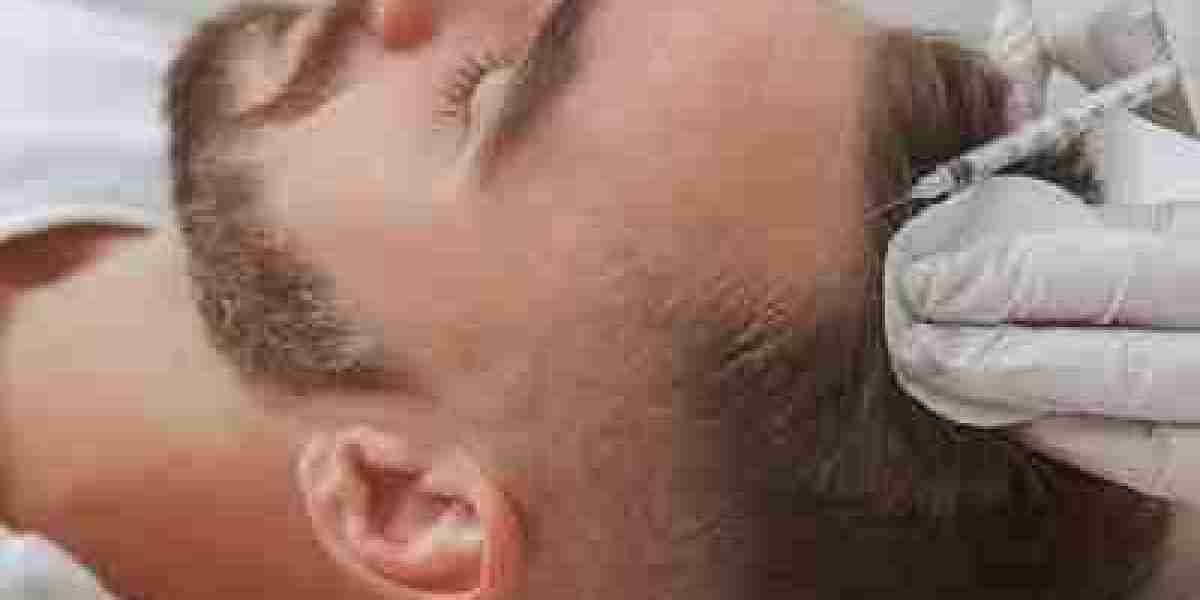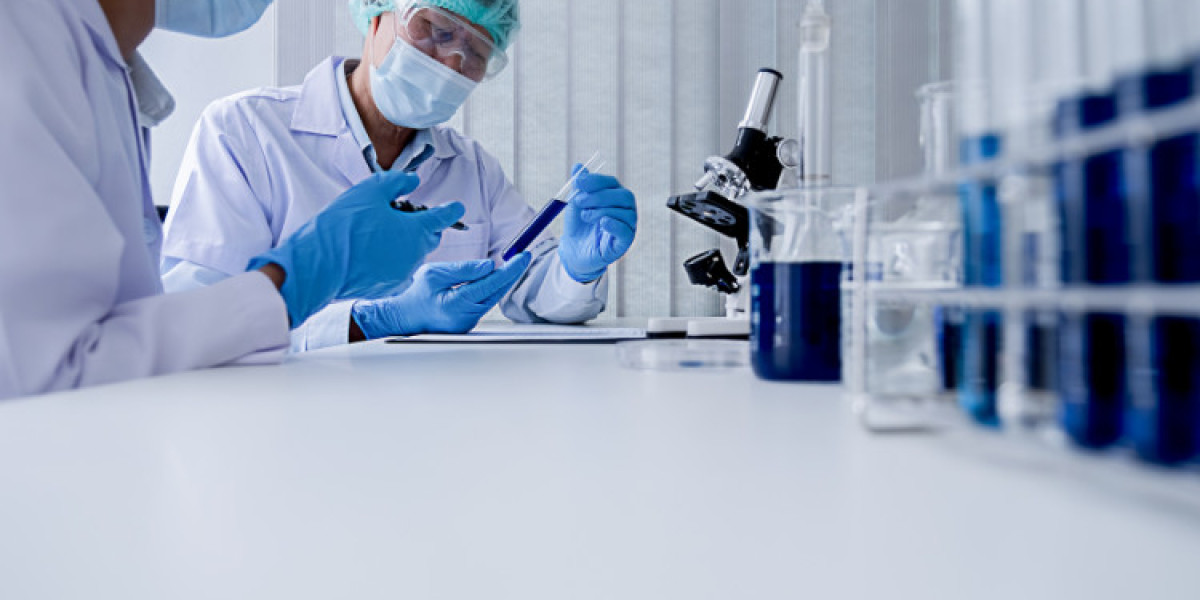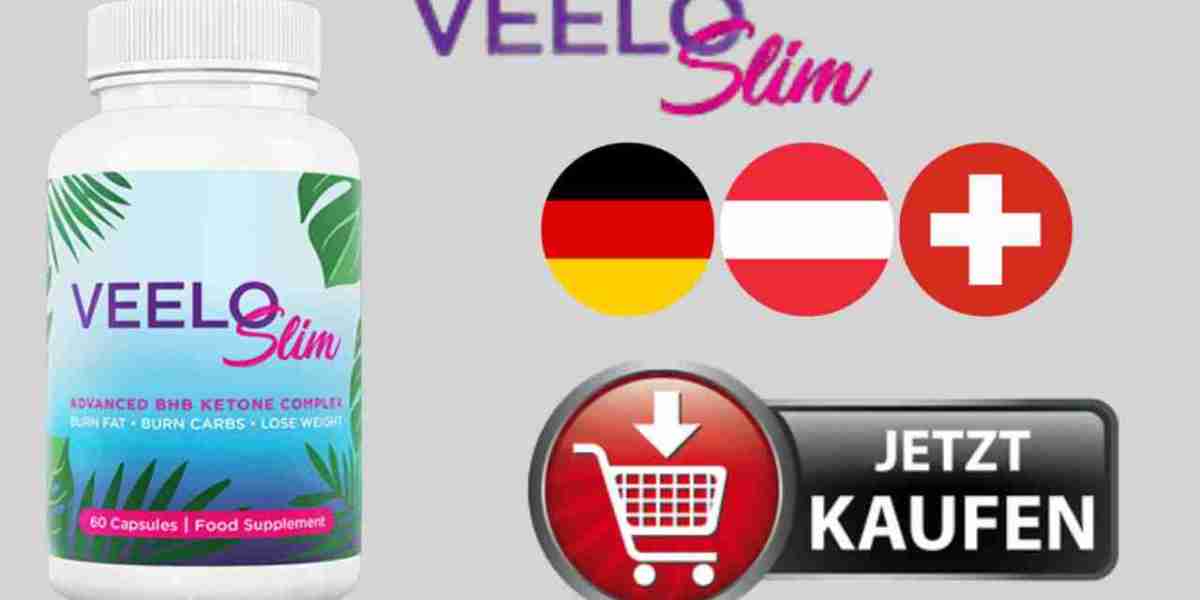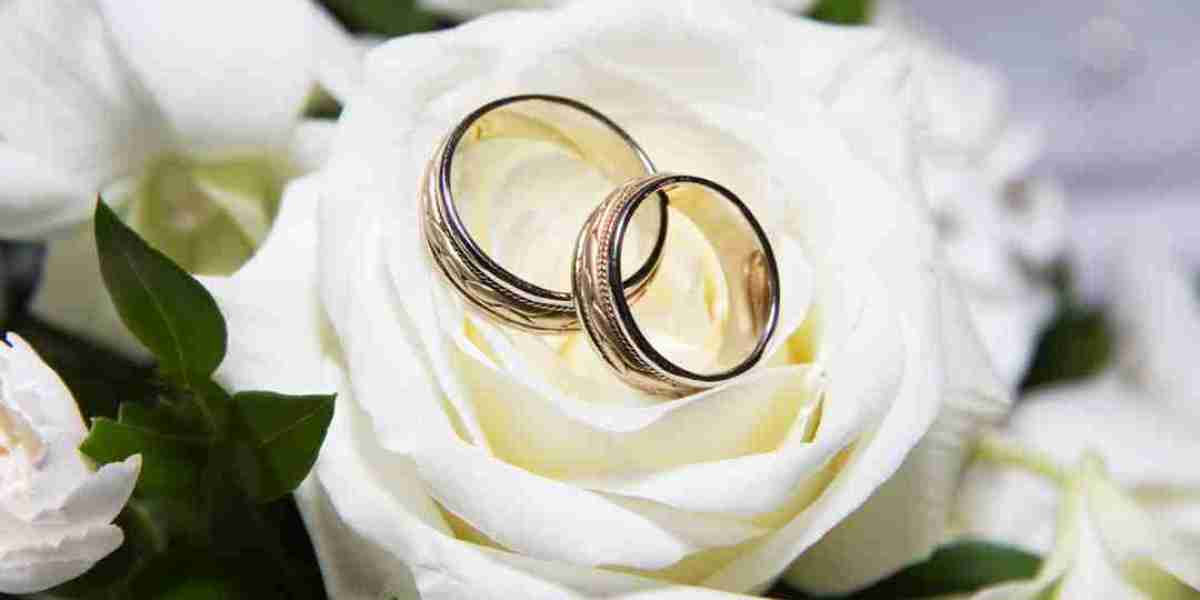Platelet-Rich Plasma (PRP) therapy has gained immense popularity in recent years as a non-invasive treatment option for various medical and aesthetic concerns, such as hair loss, joint pain, skin rejuvenation, and tendon injuries. The recovery time after a PRP in Islamabad is typically minimal, making it an appealing choice for those looking to avoid extensive downtime. However, just like with any medical treatment, it’s important to understand what to expect during the recovery process to ensure optimal results and a smooth healing experience.
What is PRP Treatment?
PRP treatment involves drawing a small amount of your own blood, processing it to concentrate the platelets, and then re-injecting the PRP back into the area requiring treatment. The platelets are rich in growth factors that help stimulate the body’s natural healing process, promoting tissue regeneration, reducing inflammation, and improving overall healing. PRP is commonly used in aesthetic treatments such as hair restoration (for androgenetic alopecia), skin rejuvenation (for wrinkles and fine lines), and in medical treatments like osteoarthritis and tendon injuries.
The Procedure: What Happens During PRP Treatment?
Before delving into the recovery timeline, it's essential to understand the procedure itself. The treatment begins with blood collection, typically from your arm. The blood is then processed in a centrifuge to separate the plasma and concentrate the platelets. The PRP is then injected into the targeted area, whether it be the scalp for hair restoration, joints for pain relief, or the face for skin rejuvenation. The entire procedure usually lasts about 30 to 60 minutes, including preparation and post-procedure care.
Since the procedure uses your own blood, the risk of allergic reactions or infections is minimal. However, as with any medical treatment, proper aftercare and a little patience are key to ensuring a smooth recovery process.
Immediate Post-Procedure Recovery: What to Expect in the First Few Days
PRP treatment is generally well-tolerated, and most patients can return to their normal activities immediately after the procedure. However, it’s important to understand that the recovery experience can vary depending on the area treated and individual factors. In general, here’s what you can expect during the first few days following your PRP treatment:
Mild Swelling and Redness: It’s normal to experience some swelling, redness, or bruising around the injection site. These side effects typically resolve within a few days. For example, after a PRP session for hair restoration, mild swelling on the scalp is not uncommon. Similarly, if you had joint injections, the area might feel sore or swollen initially.
Bruising: Bruising is another common side effect, especially if the injections are done on areas with delicate skin, such as the face or under the eyes for skin rejuvenation. This usually resolves within 3 to 7 days.
Discomfort or Tenderness: Some discomfort, tenderness, or a slight aching feeling around the injection site can occur after PRP treatment. This discomfort can usually be managed with over-the-counter pain relievers and typically goes away within a few days.
Avoiding Strenuous Activities: Rest and Caution
While PRP treatment is non-invasive and minimally disruptive, there are a few precautions to take during the recovery period:
Avoid Strenuous Exercise: For the first 48 to 72 hours after the procedure, it’s advisable to avoid intense physical activities that could strain the treated area. For instance, if you underwent PRP for a joint or tendon injury, engaging in activities that put pressure on the joint or tendon should be avoided. Similarly, intense exercise may cause excess swelling or irritation in treated areas, like the scalp or face.
Refrain from Touching or Massaging the Area: It’s important not to touch, rub, or massage the treated area for at least 24 hours. This will help avoid introducing bacteria into the site and allow the healing process to proceed uninterrupted.
Limit Sun Exposure: If PRP was performed on your skin, such as for facial rejuvenation, it’s important to avoid sun exposure in the immediate aftermath of the treatment. This helps minimize the risk of pigmentation changes or irritation.
Post-Treatment Care for Optimal Recovery
The recovery time after PRP treatment is relatively short, but following a few aftercare guidelines will maximize the benefits of the procedure and speed up the healing process:
Hydrate and Nourish Your Body: Hydration is key in promoting the healing process. Drinking plenty of water helps the body function optimally and may support the regeneration of healthy tissue.
Follow-Up Appointments: Depending on the treatment area, your healthcare provider may recommend follow-up appointments to monitor your progress and assess the results. For example, for hair restoration treatments, you may need to check in every few months to track hair regrowth.
Avoid Blood Thinners: After the procedure, it’s best to avoid taking blood-thinning medications (like aspirin or ibuprofen) for a few days unless prescribed by your doctor, as they can increase the risk of bruising and swelling.
Use Ice Packs if Needed: If there’s swelling or discomfort, applying an ice pack wrapped in a cloth to the treated area can help reduce inflammation. Just make sure not to apply ice directly to the skin.
When Can I Expect Results?
While PRP treatment requires minimal recovery time, the visible results typically take time to manifest. For hair restoration, it may take up to 3-6 months for noticeable hair growth to appear. For joint or tendon injuries, the improvement in pain or mobility may take several weeks. In the case of skin rejuvenation, improvements in skin tone and texture may be visible within a few weeks, but the full effects will continue to develop over a few months.
Long-Term Recovery: Maintenance and Follow-up Treatments
After the initial recovery period, it’s important to continue following any post-treatment instructions provided by your healthcare provider to maintain the results. In some cases, additional PRP sessions may be recommended, especially for ongoing conditions like hair loss or chronic joint pain. These maintenance treatments will help extend the results and keep the healing process active.
Conclusion
PRP therapy is an excellent option for those seeking a minimally invasive treatment with a relatively short recovery time. While most patients experience minimal downtime and can return to normal activities quickly, it’s important to follow the necessary aftercare instructions to ensure optimal results. The recovery process is relatively straightforward and mild, but understanding what to expect can help you feel more at ease during your healing period.







